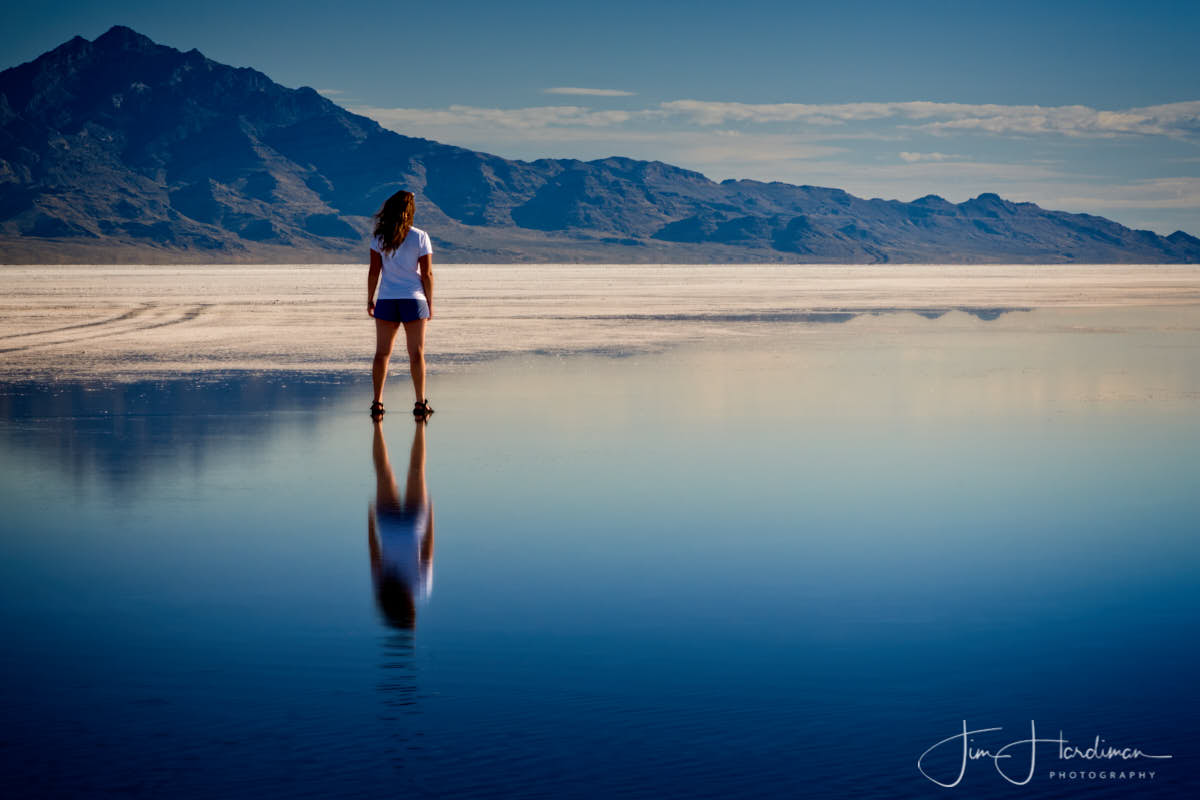
Look Around
We have all done it. We arrive at a location for some landscape photography and get mesmerized by the main subject. It can be the mountain, the canyon, the tree or anything else we went to photograph. Often, it is reinforced by previous shots that we have seen of iconic locations. We plant ourselves in front of the subject and compose the image we see in front of us. This is often worse if we use a tripod. You may get the image that you went for but unfortunately you may miss the other opportunities that are all around you.
As landscape photographers we often say ”make sure you turn around” as the real shot may be right behind you. I would say that you should take this advice a little further. You should consider everything that is around you. Somethings may not even include the subject that you went to photograph and other elements may be there that can enhance the subject that you went to photograph in the first place. You may even do something other than a landscape. Make sure that you are not just getting another image like everyone else and consider trying new and interesting perspectives.
I thought that I would demonstrate this simple point by showing a couple of images, each taken at several locations to demonstrate the point.
Salt Flats Utah
The first example involved going to the Salt Flats in Utah. I went to photograph the salt flats and the mountains. The following two photographs are examples.


The third photograph was created when I took a look around and noticed a stranger standing in the water. Rather than become fixated on the landscape I switched to photographing a person that I had not yet met.

Waterfalls Victoria Park, Truro, Nova Scotia
This second example involves heading out to do some waterfall pictures in a particularly beautiful location in the town where I live. Now, I have photographed these falls several times and usually ended up with images like the following two photographs.


I happened to have a wide angle lens with me that afternoon and realized that if I shifted my position to "over the railing" with a wider lens I could get both falls in the shot. I had not thought of this before because I had never noticed that the falls could be captured together - the smaller one is almost directly below the shooting location. This is the resulting image which I think is a better shot.

Cape Forchu Lighthouse, Yarmouth, Nova Scotia
This last example involves traveling down to Yarmouth to participate in a photography workshop hosted by a talented photographer and teacher Gary Friedman. During the workshop, we went out to photograph the Cape Forchu Lighthouse. Now I have many images of the lighthouse, both during the day and during the night. I even found a reflecting pool to add to the photograph. The next two images are examples.


During the night shooting, I noticed a small pond to my right. It was quite dark and I am fortunate that I didn't fall in! I decided to turn the camera 90 degrees to the right and forget about the lighthouse and see what I could do with the pond. I found that it made an acceptable subject for a night shot. If I were not looking around and fixated on the star (Cape Forchu Lighthouse), I would have never got this image.

I have many examples of the benefits of looking around. It may sound like common sense; however, I cannot count the times I have gone out with someone to photograph some iconic or well-know area and return home only to look at Judy's or my friend's photos and say - "Where did you get that" and learning that it was near me. I hope that this inspires you to take a look around more carefully and consider all of the subject around you.
Jim
Share this Post

